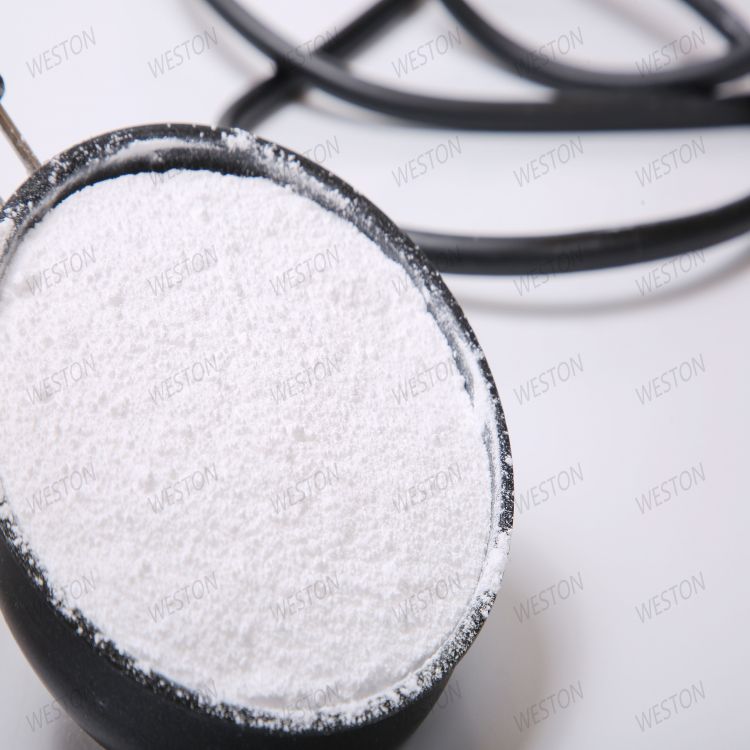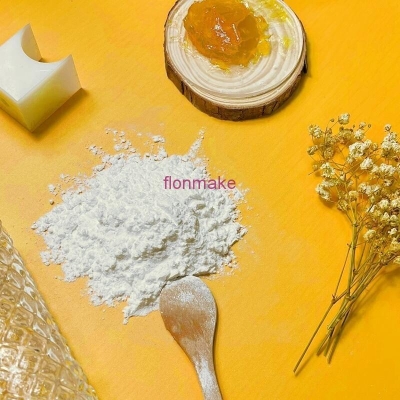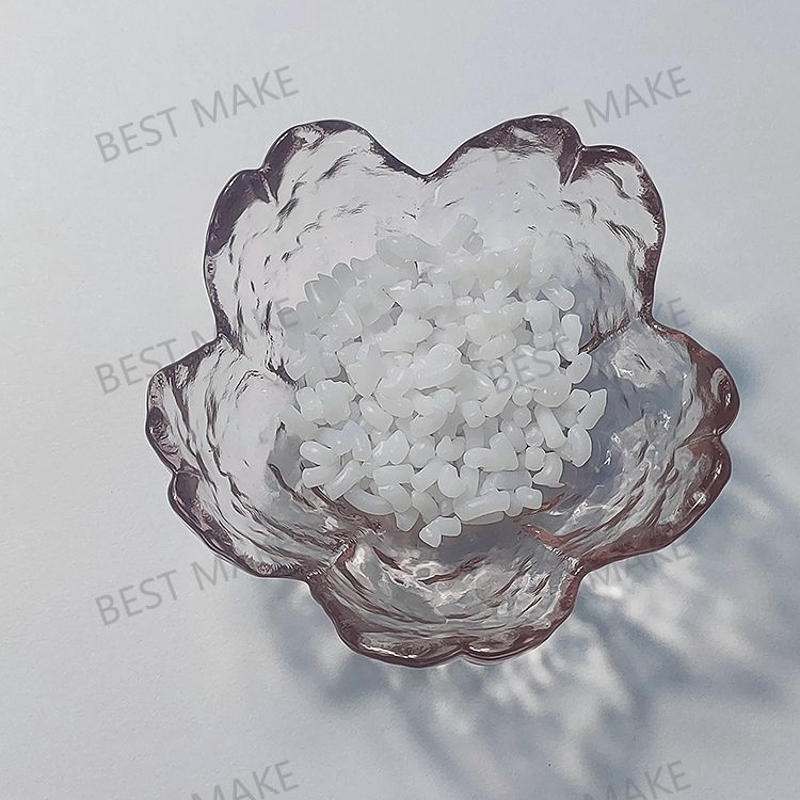-
Categories
-
Pharmaceutical Intermediates
-
Active Pharmaceutical Ingredients
-
Food Additives
- Industrial Coatings
- Agrochemicals
- Dyes and Pigments
- Surfactant
- Flavors and Fragrances
- Chemical Reagents
- Catalyst and Auxiliary
- Natural Products
- Inorganic Chemistry
-
Organic Chemistry
-
Biochemical Engineering
- Analytical Chemistry
- Cosmetic Ingredient
-
Pharmaceutical Intermediates
Promotion
ECHEMI Mall
Wholesale
Weekly Price
Exhibition
News
-
Trade Service
4 requirements
The peracetic acid solution should meet the technical requirements shown in Table 1
Table 1 Technical requirements
5 Test method
Unless otherwise specified, only reagents confirmed to be analytically pure and grade 3 water specified in GB/T6682-1992 are used in the analysis
5.
The samples and some reagents used in the analysis are toxic or corrosive.
5.
5.
Indirect iodometry is used to determine the amount of all peroxides (peracetic acid and hydrogen peroxide) in the sample; under acidic conditions, the hydrogen peroxide contained in the sample is titrated with potassium permanganate standard titration solution to obtain hydrogen peroxide It amounts; subtracting the amount of peroxide is hydrogen peroxide amount, calculated peracetic acid content
2KI+2H 2 SO 4 +CH 3 COOOH=2KHSO 4 +CH 3 COOH+H 2 O+I 2
2KI+2H 2 SO 4 +H 2 O 2 =2KHSO 4 +2H 2 O+I 2
I 2 +2Na 2 S 2 O 3 =2NaI+Na 2 S 4 O 6
2KMnO 4 +3H 2 SO 4 +5H 2 O 2 =2MnSO 4 +K 2 SO 4 +5O 2 +8H 2 O
5.
5.
5.
5.
5.
5.
5.
5.
5.
2.
3 Analysis steps
Weigh about 3g of laboratory sample (or weigh the equivalent of 0.
5g of peroxyacetic acid ) to the nearest 0.
0002g
.
Place it in a 100 mL volumetric flask that has been filled with 40 mL of water and cooled to below 10°C, and dilute to the mark.
It is test solution A and placed below 10°C for use
.
Add 40 mL of water cooled to below 10°C, 5 mL of sulfuric acid solution and 3 drops of ammonium molybdate solution in a 250 mL iodine measuring flask , then add 10.
0 mL of test solution A, 10 mL of potassium iodide solution, and seal the stopper with water.
Shake gently.
Place it in a dark place for 5min-10min, titrate with sodium thiosulfate standard titration solution, add 1mL starch indicator solution when approaching the end point (the solution is light yellow), continue titrating until the blue color disappears, and keep it unchanged for 30s as the end point
.
Record the volume value of the standard titration solution of sodium thiosulfate consumed
.
In an Erlenmeyer flask, add 40mL cooled water below 10℃, 10mL sulfuric acid solution and 3 drops of manganese sulfate solution, then add 10.
0mL test solution, shake well, titrate with potassium permanganate standard titration solution until the solution is light pink.
Record the volume value of the potassium permanganate standard titration solution consumed
.
5.
2.
4 Result calculation
The mass fraction w of peroxyacetic acid , expressed in %, is calculated according to the following formula:
Where:
V 1 —The value of the volume of sodium thiosulfate standard titration solution (5.
2.
2.
6), in milliliter (mL);
c 1 —The exact value of the concentration of sodium thiosulfate standard titration solution, the unit is moles per liter (mol/L);
V 2 —The value of the volume of potassium permanganate standard titration solution (5.
2.
2.
5), in milliliters (mL);
C 2 - The exact value of the concentration of potassium permanganate standard titration solution, the unit is moles per liter (mol/L);
m—The value of the mass of the sample, in grams (g);
M— The value of the molar mass of peroxyacetic acid (1/2CH 3 COOOH), in grams per mole (g/mol) (M=38.
03)
.
Take the arithmetic mean of the two parallel determination results as the determination result, and the absolute difference between the two parallel determination results shall not exceed 0.
3%
.
5.
3 Determination of sulfate (as SO 4 ) content
According to the provisions of GB/T9728-1988
.
Weigh 0.
2g laboratory sample, accurate to 0.
01g, place it in a 100mL volumetric flask, and dilute to the mark with water
.
Take 1.
0 mL of this solution as the test solution, and its turbidity shall not be greater than the standard
.
The standard is to take 0.
6mL sulfate (SO4) standard solution (0.
1mg/mL)
.
5.
4 Determination of ignition residue content
According to the provisions of GB/T9741-1988
.
Weigh 10.
0g laboratory sample, accurate to 0.
01g
.
First evaporate on a water bath to near dryness
.
The burning temperature is (550±50)℃
.
The residue A after ignition is retained for the determination of heavy metal content
.
5.
5 Determination of the content of heavy metals (calculated as Pb)
According to the provisions of GB/T9735-1988
.
Dissolve 5.
4 residue A with 0.
2mL acetic acid solution (1+2), transfer quantitatively to a 50mL volumetric flask, dilute to the mark, shake well, take 10.
0mL of this solution (equivalent to 2.
0g laboratory sample) as the test solution, The standard is to take 0.
1mL lead (Pb) standard solution (0.
1mg/mL)
.
5.
6 Determination of arsenic content
According to the provisions of GB/T610.
1-1988
.
Weigh 1.
0g laboratory sample to the nearest 0.
01g, add 0.
5mL sodium hydroxide solution (100g/L), evaporate to dryness on a water bath, add 5mL water, and then evaporate to dryness, and transfer the residue quantitatively with water as the test solution
.
The color of the mercury bromide test paper shall not be darker than the standard
.
The standard is to take 0.
3mL arsenic (As) standard solution (0.
01mg/mL)
.
Related links: Peracetic acid solution (1)







